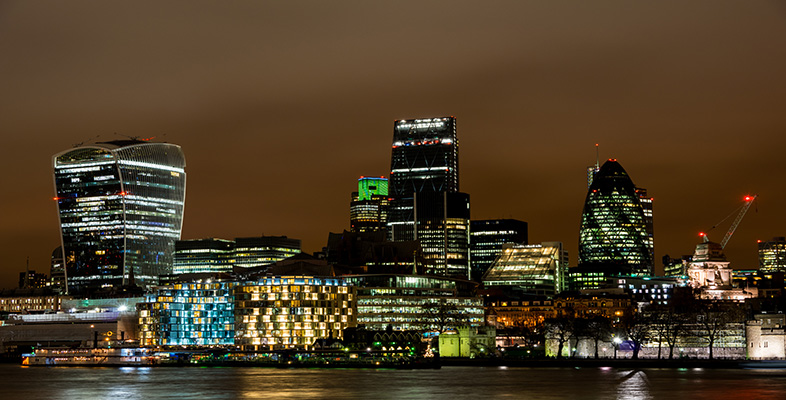Two types of solidarity
The first type of solidarity is based on ‘functional interdependence’. This is a type of relationship based on structural connections that ‘join people in a mutuality that is not primarily manifest in their own common recognition of it but instead can operate, as it were, behind their backs’ (Calhoun, 2002, p. 161). This sort of relationship is not chosen, but is one we find ourselves already placed in by virtue of our jobs, our locations or our consumption practices.
Young’s exposition of city dwelling presents the city as a space in which people are simultaneously thrown into these sorts of functional relations of interdependence, but which also provides resources for translating this functional relationship into a chosen identification of solidarity or shared interest with others. She is, then, pointing towards a second form of solidarity, one which is actively shaped and cultivated by people themselves, in which they refashion the relationships they find themselves thrown into as ones of their own making, with their own significance and potential. For thinkers such as Young, and many others too, cities provide models for this type of public-making because of the experience of living among diverse and differentiated populations, and also because of the concentration in such places of mediated communications about distant peoples and places.
In developing her account of the city as a model of active public formation, therefore, Young alights on two dimensions of the relationship between urban living and solidarity – the experience of being thrown into new relationships of dependence and proximity with others, and also the practices of learning new ways of negotiating these relationships.
The image of the city as a social and communicative entity can, in fact, be traced back to older traditions of urban theory. For example, Robert Park, the leading figure of the Chicago School, is both a key figure in modern urban theory and a forebear of media and communication studies. Park’s academic writing spanned work on the urban immigrant press, on the connections of newspaper circulation and urbanising culture and, notably, on the ‘natural’ history of the newspaper. For Park, the newspaper was a countervailing force against the complexity of the modern city, instilling among its readers an awareness of, and interest in, an unprecedented common urban cultural world. As a ‘printed diary of the home community’ (Park, 1925, p. 85), the newspaper became a condition of possibility for mobilising the city as a social–political body: it provided the medium through which people could identify themselves as members of larger ‘imagined communities’ of class, city or nation.
